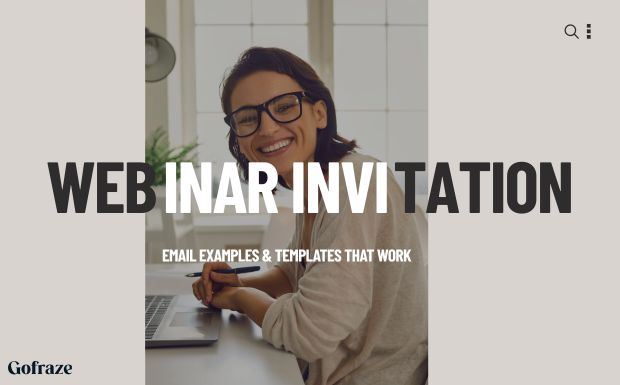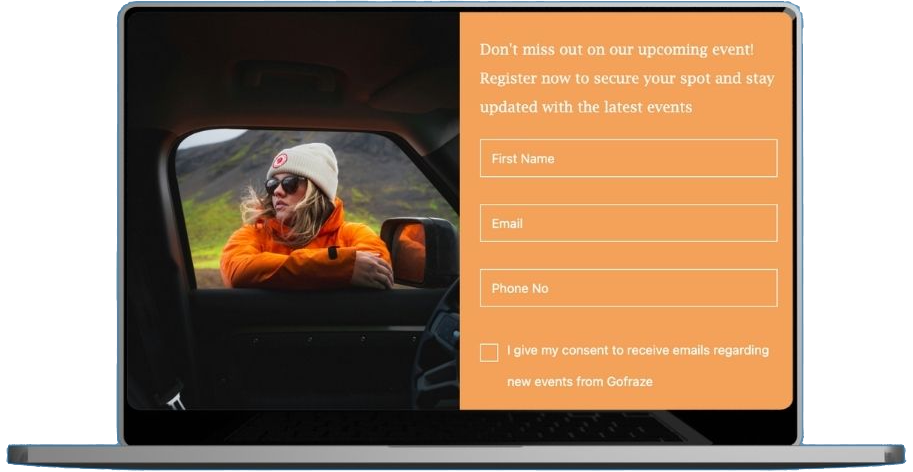Email Marketing for Car Dealerships: Strategies, Ideas & Best Practices
Explore powerful email marketing strategies for car dealerships. Learn to attract, engage, and convert leads into loyal customers with ease.
Sending an invoice email is more than just attaching a bill and hitting send. A well-structured email ensures clarity, professionalism, and prompt payment while reducing miscommunication. The goal is to make it easy for your client to process the payment while maintaining a polite and professional relationship. Whether you are sending an initial invoice, a reminder, or a follow-up for an overdue payment, your approach should be clear, concise, and action-oriented. Let’s get into on How To Write an Invoice Email.
✔ Ensures Timely Payments – A clear and concise invoice email minimizes confusion, making it easier for clients to process payments on time. Providing all necessary details upfront reduces back-and-forth communication, ensuring a smooth transaction.
✔ Reduces Disputes – A detailed invoice with itemized charges and payment terms helps prevent misunderstandings. When everything is documented clearly, clients are less likely to question or delay payments due to missing or unclear information.
✔ Enhances Professionalism – A well-structured invoice email reflects your business’s credibility and reliability. Clients perceive well-organized communication as a sign of professionalism, reinforcing trust in your services.
✔ Strengthens Client Relationships – Maintaining a polite and professional tone in invoice emails fosters goodwill and long-term relationships. Expressing gratitude and offering assistance in case of issues makes clients feel valued, leading to better business rapport.
The subject line is the first thing your client sees, so it should immediately convey the purpose of the email. A vague or unclear subject might get ignored, delaying payment. A well-crafted subject line should include the invoice number, your business name, and the due date to provide context. Additionally, for overdue payments, adding a sense of urgency can increase the chances of a quick response.
✔️ Invoice #12345 from [Your Business Name] – Due [Due Date]
✔️ Payment Request: Invoice #12345 for [Project/Service Name]
✔️ Reminder: Outstanding Invoice #12345 Due on [Date]
Starting your email with a proper greeting adds a personal touch and sets a professional tone. Addressing the client by their name shows respect and attention to detail. A generic or impersonal greeting might make the email seem like an automated message, reducing engagement. Even in a payment request, maintaining politeness fosters a positive business relationship and encourages future collaboration.
✔️ “Dear [Client’s Name],”
✔️ “Hello [Client’s Name],”
Clients appreciate emails that are straightforward and easy to understand. A lengthy or overly complex message can be overwhelming, leading to delayed responses. Your email should focus on essential details like the invoice number, the due date, the amount, and the attached document. Keeping your message professional yet to the point ensures the client can process the payment without unnecessary back-and-forth communication.
Dear [Client’s Name],
I hope you’re doing well. Please find attached Invoice #12345 for the [Project/Service Name], totaling [$Amount]. The payment is due on [Due Date].
Kindly process the payment via [Payment Method] as per the agreed terms. Let me know if you need any further details.
Best regards,
[Your Name]
Providing clear payment details eliminates any confusion and speeds up the payment process. If clients have to search for payment instructions, they might delay the transaction. Including details like the total amount, preferred payment method, and bank details ensures they have everything they need to proceed. If your business charges late fees for overdue payments, mentioning them in advance can encourage timely payment.
Payment Details:
Attaching the invoice in a clear and universally accessible format ensures that the client can open and review it without technical difficulties. A PDF format is the best choice since it prevents modifications and is easily viewable on any device. Avoid sending invoices as Word documents or Excel sheets, as they can be altered and may not display correctly on different platforms. Additionally, naming the file appropriately helps the client locate the document quickly.
✔️ Invoice_12345_YourCompany.pdf
✔️ ClientName_Invoice_Sept2024.pdf
Even though you are requesting payment, it’s important to maintain a friendly yet professional tone. Clients are more likely to respond positively to polite reminders rather than demanding messages. A courteous approach also helps in maintaining long-term business relationships and avoiding conflicts. Expressing appreciation for their business and cooperation can encourage them to process payments more efficiently.
✔️ “I appreciate your prompt attention to this invoice.”
✔️ “Please let us know if you have any questions or require any clarifications.”
If a payment is overdue, a gentle reminder can encourage the client to take action. Some clients might have missed the invoice due to a busy schedule or email overload. Sending a follow-up email with a polite yet firm tone helps keep the payment process on track. If the client does not respond to the first follow-up, you can escalate with a stronger message while maintaining professionalism.
Subject: Reminder: Invoice #12345 Overdue – Immediate Attention Required
Dear [Client’s Name],
I hope this email finds you well. This is a gentle reminder that Invoice #12345 for [$Amount] was due on [Due Date].
Please arrange the payment at your earliest convenience to avoid any late fees. If the payment has already been made, kindly share the transaction details.
Let me know if there are any issues or questions.
Best regards,
[Your Name]
Ending your email with a thank you note along with PS in an Email, helps maintain a positive rapport with the client. Even in an invoice email, gratitude shows professionalism and appreciation for their business. Including a mention of future steps, such as a confirmation request for the payment, helps set clear expectations. A well-structured closing encourages a quick and positive response.
Thank you for your time and cooperation. Looking forward to continuing our successful collaboration.
Best regards,
[Your Name]
Subject: Invoice #12345 for [Service] – Due [Due Date]
Dear [Client’s Name],
I hope you’re doing well. Please find attached Invoice #12345 for [Project/Service Name] totaling [$Amount]. The payment is due on [Due Date].
Payment Details:
Let me know if you have any questions. Looking forward to your timely payment.
Best regards,
[Your Name]
Subject: Urgent: Invoice #12345 Overdue – Immediate Payment Required
Dear [Client’s Name],
This is a follow-up regarding Invoice #12345, which was due on [Due Date] for [$Amount]. As we have not yet received the payment, we kindly request you to process it at your earliest convenience.
To avoid any late payment charges, please complete the payment immediately. If you have already made the payment, please share the transaction details.
Let us know if you need any assistance.
Best regards,
[Your Name]
Learn how to write professional invoice emails that ensure timely payments and strengthen client relationships.
A well-crafted invoice email ensures smooth communication, timely payments, and a professional client experience. By following these best practices, you can minimize disputes, maintain strong business relationships, and improve cash flow. Leveraging Gofraze, an advanced email marketing platform, allows you to automate invoice emails, schedule follow-ups, track engagement, and ensure payments are processed efficiently. With the right approach and tools, you can streamline your invoicing process and enhance your business credibility.

Explore powerful email marketing strategies for car dealerships. Learn to attract, engage, and convert leads into loyal customers with ease.

Learn how to craft the perfect webinar invitation email using key tips, templates, and examples to boost sign-ups and engagement.

Discover winning sports newsletter examples, essential elements, and expert tips to craft high-impact email campaigns your fans will love.

Get unlimited forms that turn your traffic into real subscribers — totally free
Start now - free forever